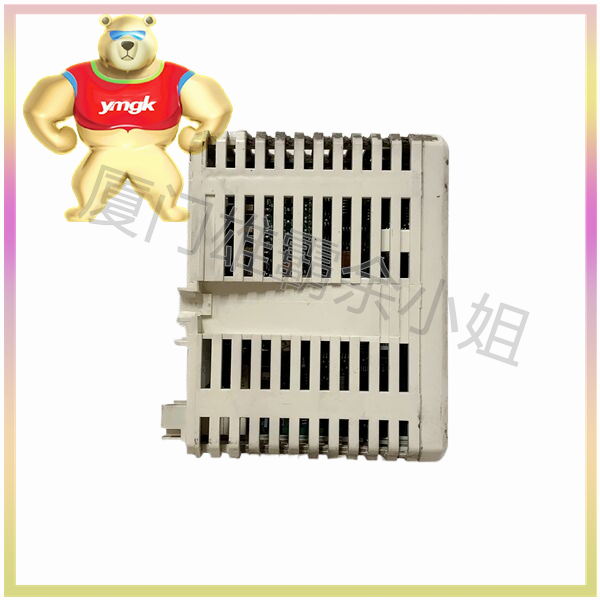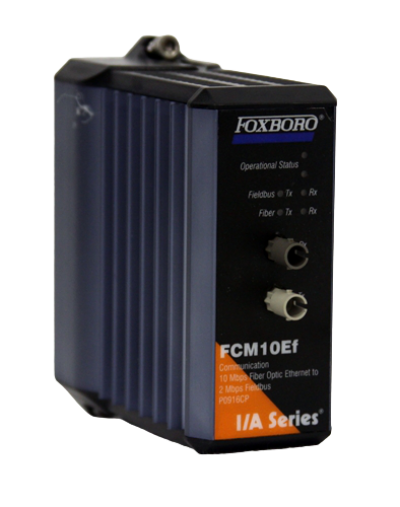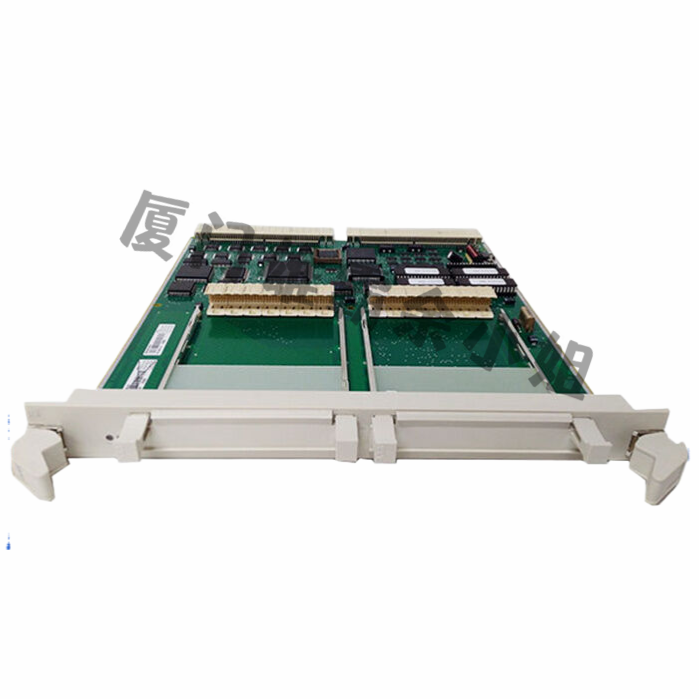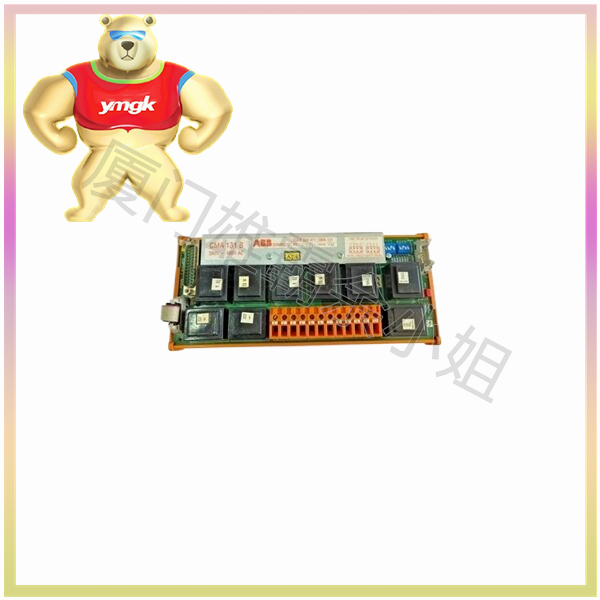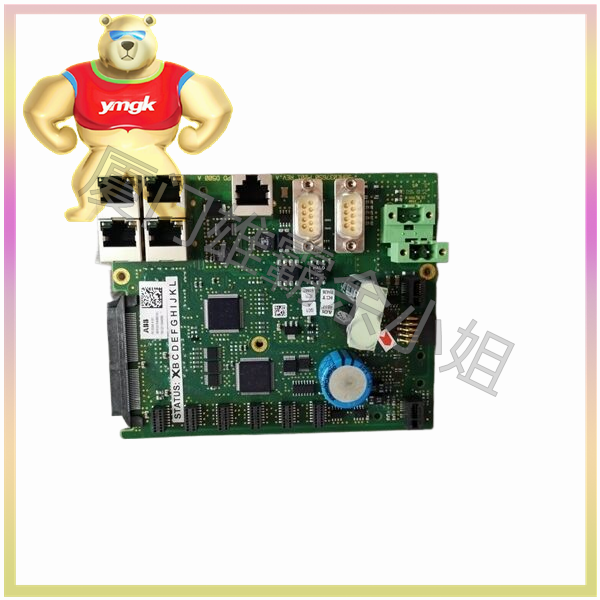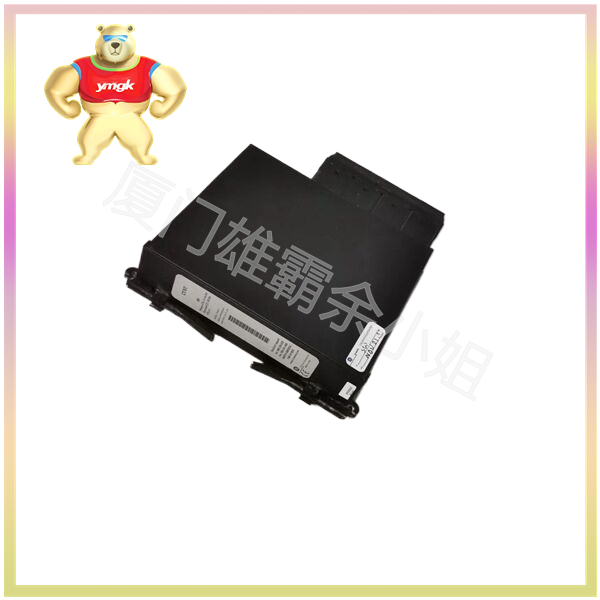With the development of frequency conversion technology, servo drives have achieved more precise control techniques and algorithm calculations. Compared with traditional frequency converters, servo drives have achieved more precise control in the current loop, speed loop, and position loop. Among them, the control of the position loop is not available in frequency converters, which enables servo drives to achieve precise position control and meet the strict requirements of industrial automation for positioning accuracy.
The servo driver can accurately control the speed and position of the motor through the pulse sequence sent by the upper controller. This control method can be achieved through an internally integrated control unit, or by directly setting parameters such as position and speed in the driver through bus communication. Thanks to the optimization of internal algorithms, faster and more accurate computing capabilities, and better performing electronic components, servo drives are far superior to frequency converters in terms of control accuracy and response speed.

2、 Motor
The materials, structure, and processing technology of servo motors far exceed those of traditional AC motors driven by frequency converters. This difference enables servo motors to produce rapid and precise motion changes according to power supply changes, and their response characteristics and overload resistance are much higher than AC motors driven by frequency converters. Fundamentally, the performance difference between servo motors and motors driven by frequency converters is determined by their materials, structures, and manufacturing processes.
Servo motors can quickly respond to changes in current, voltage, and frequency output from the driver, achieving precise position control. However, traditional AC motors often do not take into account the rapidly changing power signal during design, resulting in limitations in response characteristics and overload resistance. In order to protect the motor, the internal algorithm settings of the frequency converter often require corresponding overload settings.
Although frequency converters can output rapidly changing power signals, their control accuracy and response speed are still limited by the motor’s own response capability. The servo system achieves higher control accuracy and response speed by optimizing the design of drivers and motors. High performance servo drives can not only drive servo motors, but also directly drive some high-performance inverter motors. However, due to the special performance requirements of servo motors, their cost and complexity are often higher than those of traditional frequency converter driven motors.

